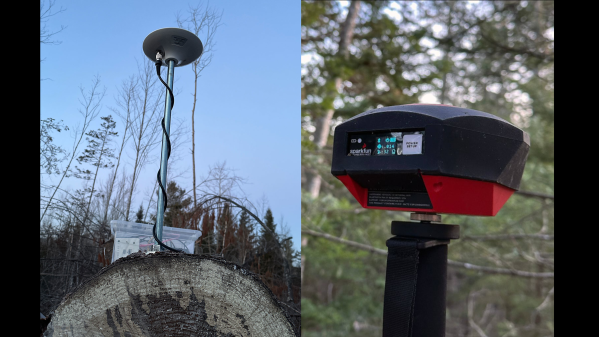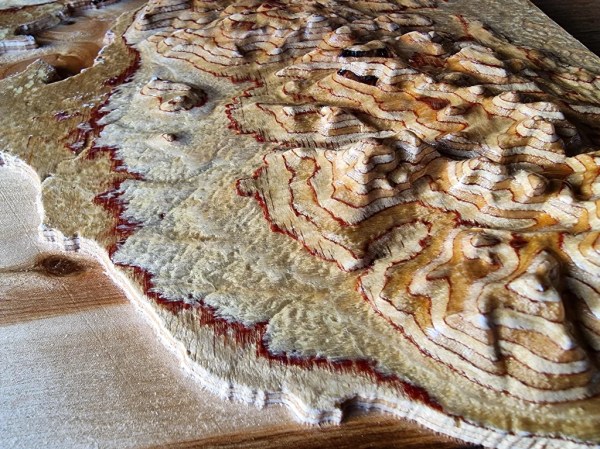What if GPS had existed in 1565? No satellites or microelectronics, sure—but let’s play along. Imagine the bustling streets of Antwerp, where merchants navigated the sprawling city with woodcut maps. Or sailors plotting Atlantic crossings with accuracy unheard of for the time. This whimsical intersection of history and tech was recently featured in a blog post by [Jan Adriaenssens], and comes alive with Bert Spaan’s Allmaps Here: a delightful web app that overlays your GPS location onto georeferenced historical maps.
Take Antwerp’s 1565 city map by Virgilius Bononiensis, a massive 120×265 cm woodcut. With Allmaps Here, you’re a pink dot navigating this masterpiece. Plantin-Moretus Museum? Nailed it. Kasteelpleinstraat? A shadow of the old citadel it bordered. Let’s not forget how life might’ve been back then. A merchant could’ve avoided morning traffic and collapsing bridges en route to the market, while a farmer relocating his herd could’ve found fertile pastures minus the swamp detour.
Unlike today’s turn-by-turn navigation, a 16th-century GPS might have been all about survival: avoiding bandit-prone roads, timing tides for river crossings, or tracking stars as backup. Imagine explorers fine-tuning their Atlantic crossings with trade winds mapped to the mile. Georeferenced maps like these let us re-imagine the practical genius of our ancestors while enjoying a modern hack on a centuries-old problem.
Although sites like OldMapsOnline, Google Earth Timelapse (and for the Dutch: TopoTijdreis) have been around for a while, this new match of technology and historical detail is a true gem. Curious to map your own world on antique charts? Navigate to Allmaps and start georeferencing!


















